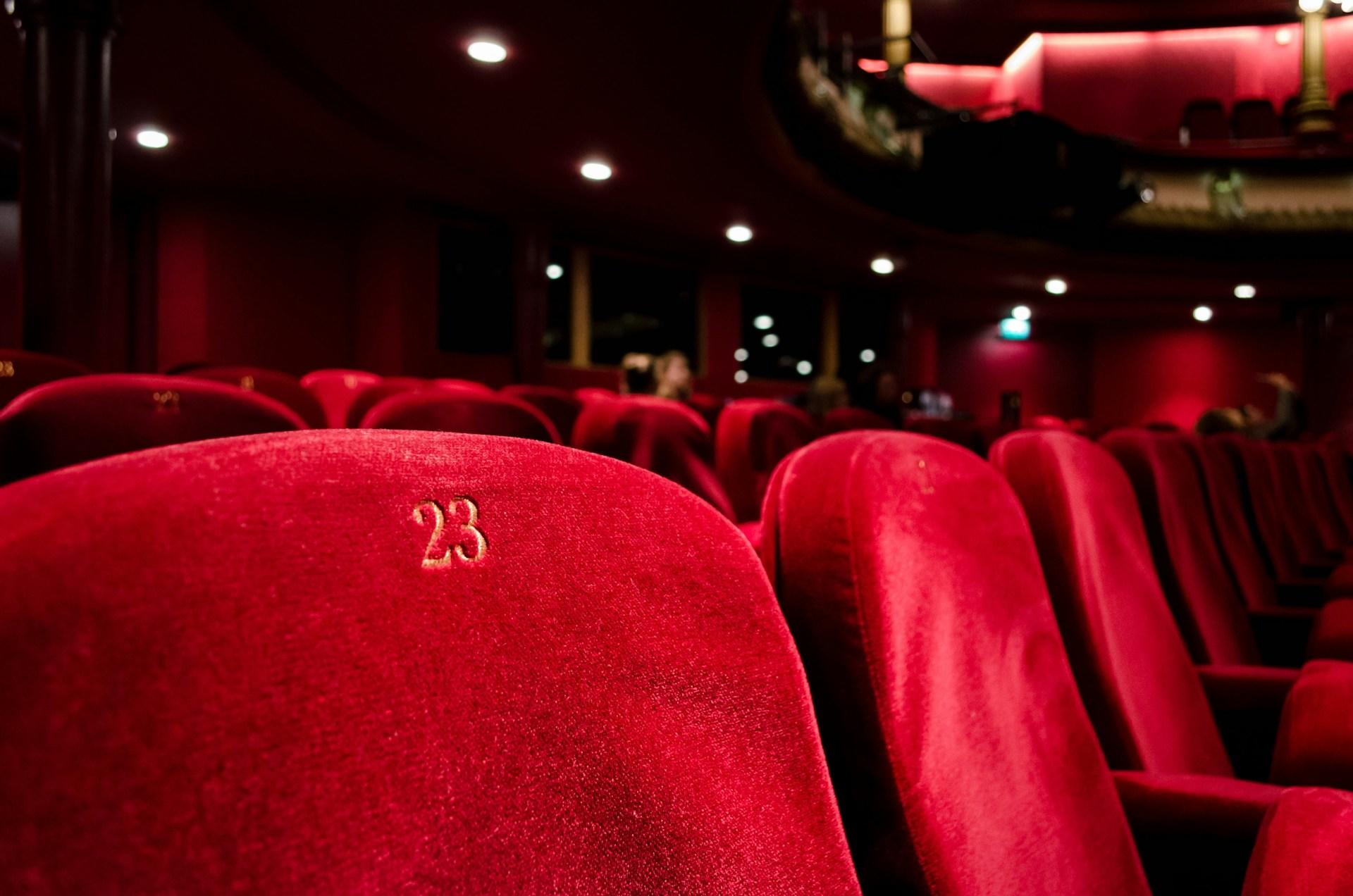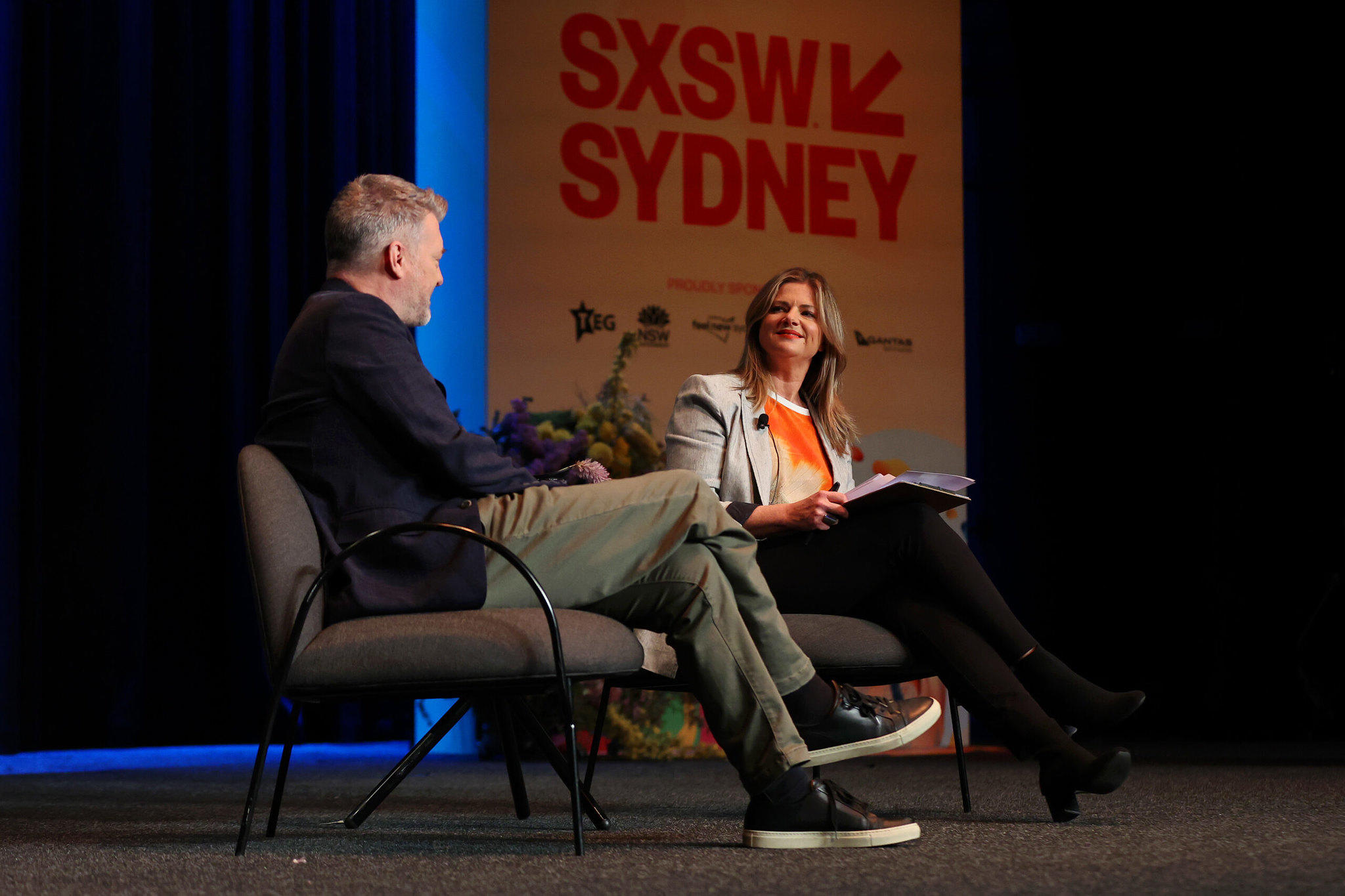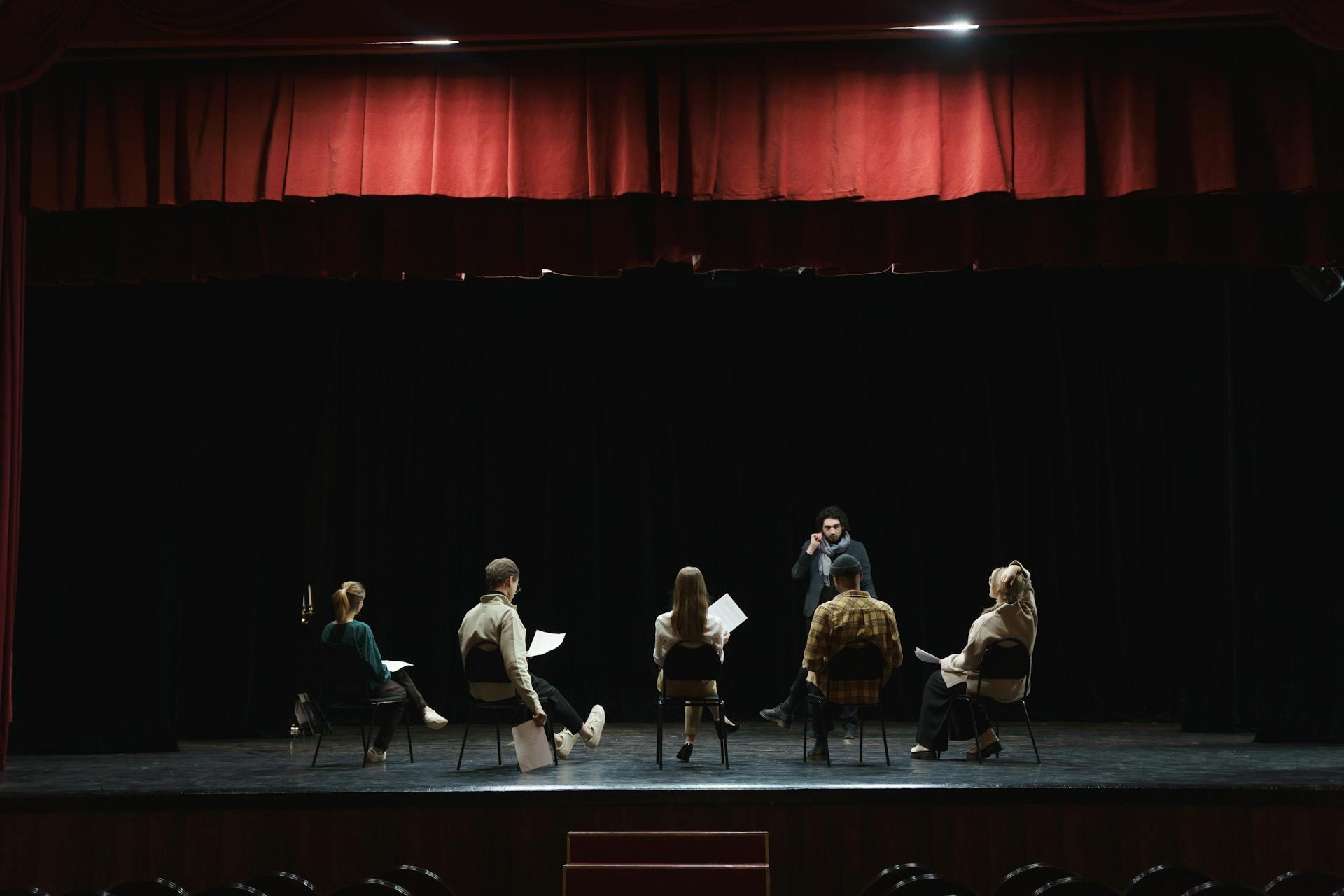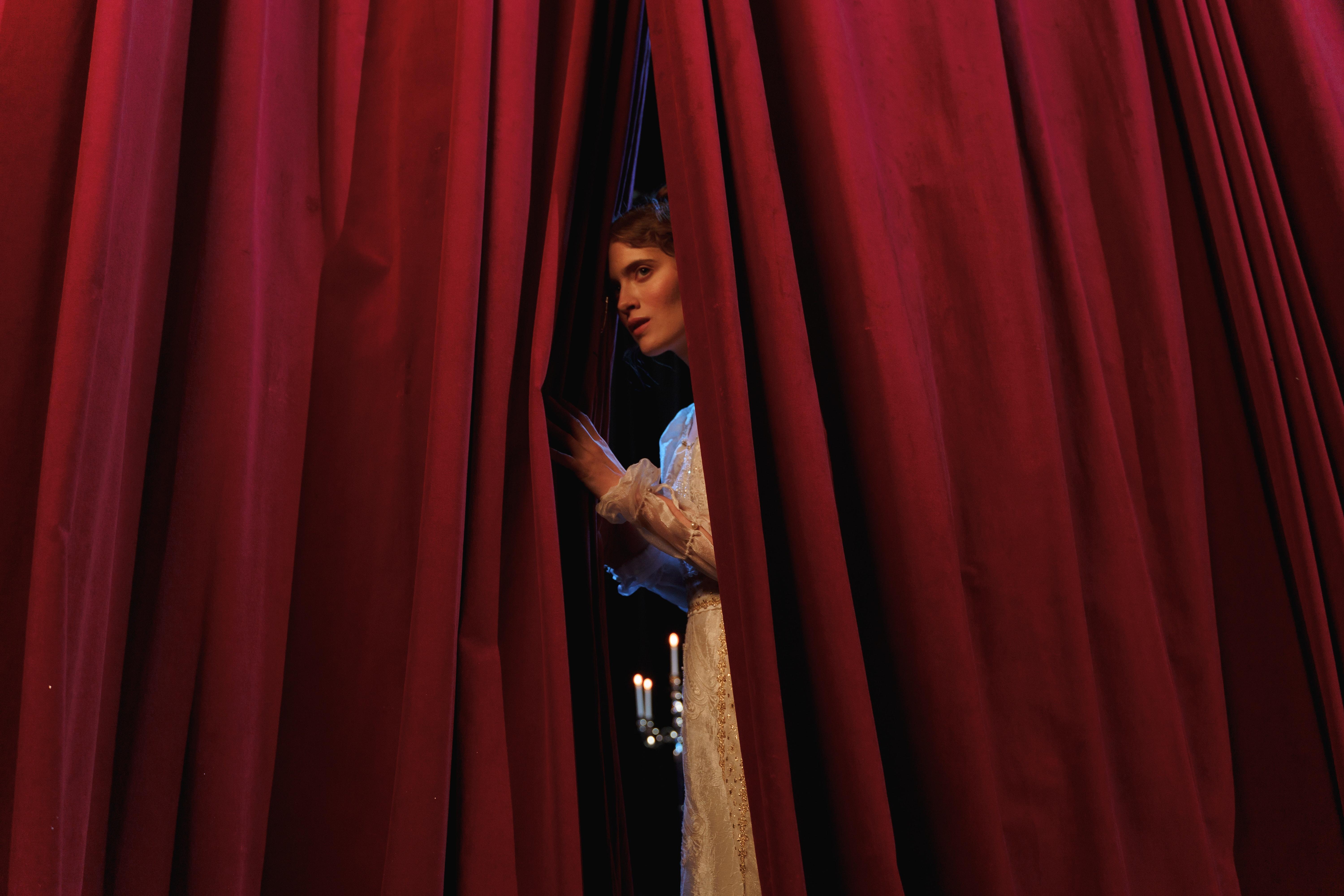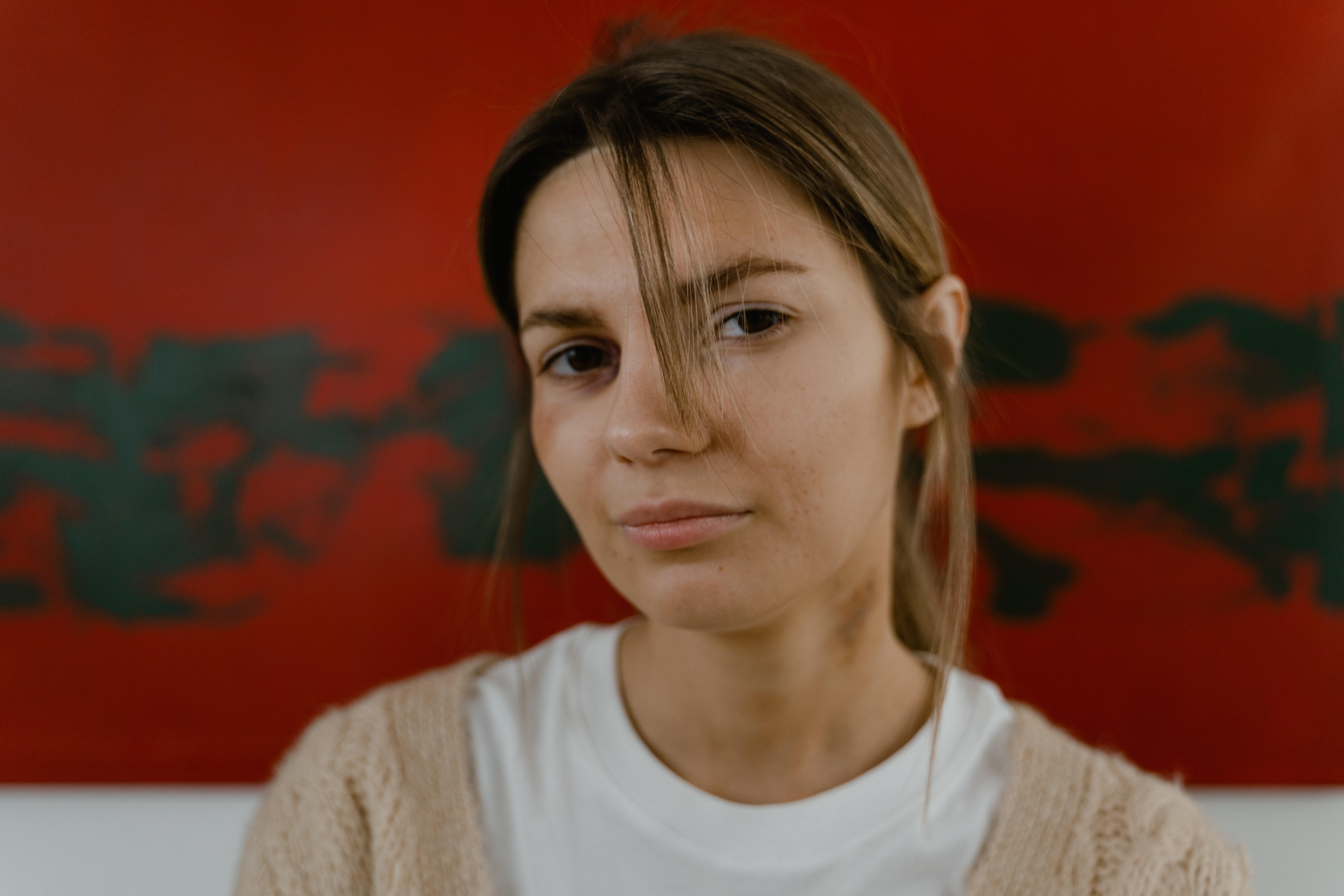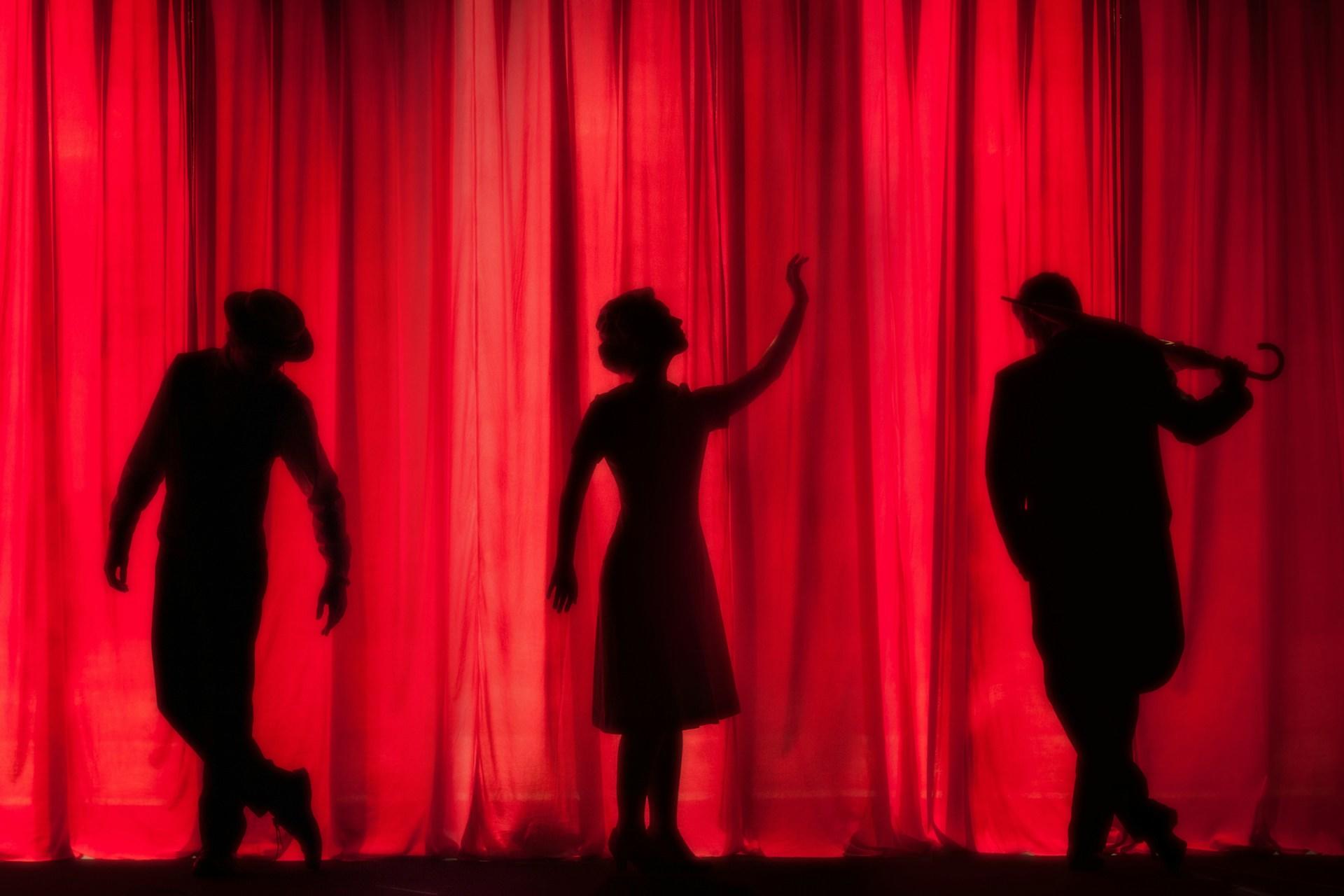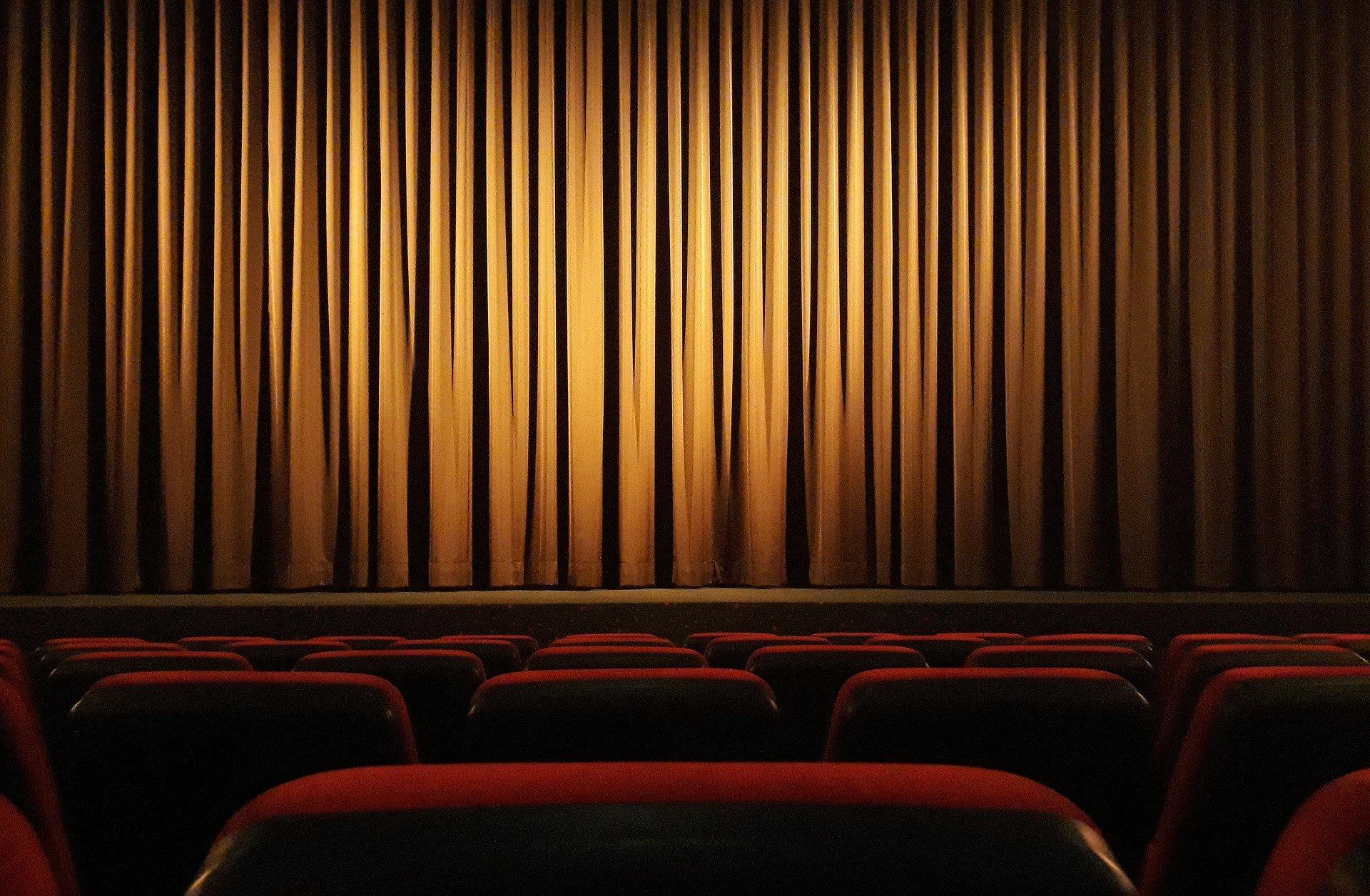From early silent movies and the first feature-length film to the vibrant industry we know today, Australian cinema is known for its unique storytelling and distinct cultural voice.
Australia's cinematic history is as expansive and fascinating as the landscapes they often use to film it. Here, we'll examine how Australian cinema evolved, the people who shaped it, and the films that define it.

The Evolution of Australian Cinema
Australia quickly embraced cinema as an art form, and the country's earliest filmmakers pioneered feature-length films, the first of which was The Story of the Kelly Gang (1906). This wasn't just the first feature film in Australia; it was the first in the world, and it was about an Australian outlaw, Ned Kelly.
However, with the rise of Hollywood, Australian cinema declined in the 1930s and 1940s. It wasn't until the 1970s that the Australian New Wave movement, a period of resurgence and creativity in Australian cinema, combined with government support and funding, helped Australian cinema recover and produce some classic Australian films.
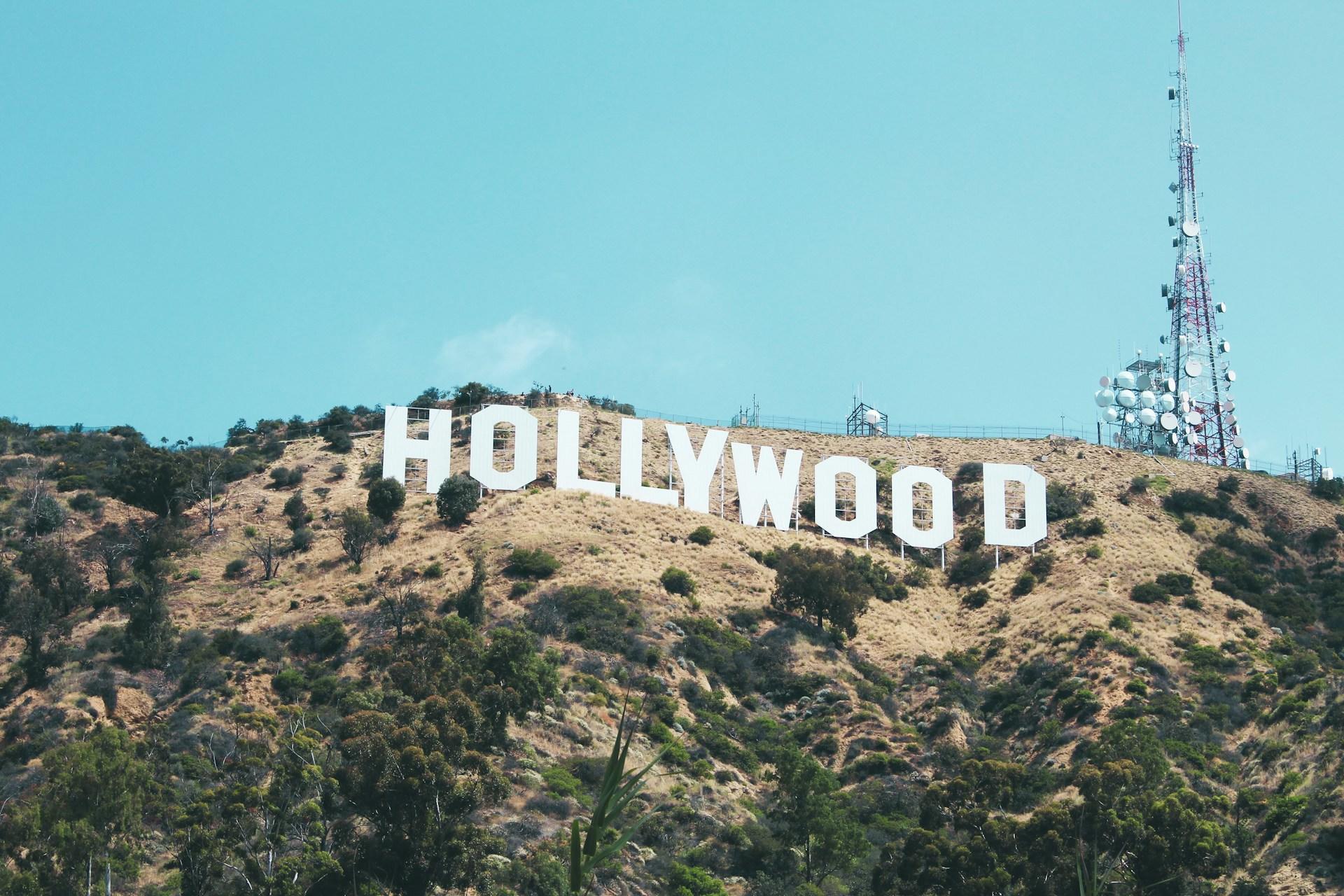
There were films like Picnic at Hanging Rock (1975) and Gallipoli (1981), which also featured uniquely Australian landscapes, characters, and cultural narratives.
Modern Australian Cinema
More recently, Australian cinema has expanded to include more diverse voices and contemporary issues, with films like Samson and Delilah (2009) and The Sapphires (2012) highlighting Indigenous perspectives and stories.
The AACTA Awards, Sydney Film Festival, and Melbourne International Film Festival also champion Australian cinematic talent.
The Influence and Legacy of Australian Cinema
From its beginnings over a century ago, Australian films like Crocodile Dundee and The Adventures of Priscilla, Queen of the Desert, for example, have introduced uniquely Australian humour to global audiences.
Then, there are examples of contemporary Australian cinema, such as The Babadook (2014) and Lion (2016), which offer another perspective on Australian culture.
The Role of Indigenous Voices in Australian Cinema
Throughout Australian cinema's history, the inclusion of Indigenous stories has been important. More recently, this representation has improved, and films like Rabbit-Proof Fence and Samson and Delilah have highlighted important social and cultural issues through cinema.
The Future of Australian Cinema
Like elsewhere in the world, streaming services and globalisation pose a threat to national film industries like Australia's.
Luckily, Australian cinema can be quite resilient to these changes thanks to government funding and cultural festivals like the Sydney Film Festival and the AACTA Awards.
Directors like Warwick Thornton (Sweet Country) and Justin Kyurzel (True History of the Kelly Gang) are leading the next generation of Australian filmmakers.

Iconic Australian Films
We've already mentioned a few significant Australian films, and there are too many to mention in this article, but if you're new to Australian cinema, here are a few to get you started.
Picnic at Hanging Rock (1975)
This film is a milestone in Australian New Wave cinema, blending psychological tension and myth with the eerie beauty of Australia’s landscape.
Mad Max: Fury Road (2015)
With six Academy Awards, this action-packed film remains one of the most critically acclaimed Australian movies, celebrated for its innovative world-building and intense stunts.
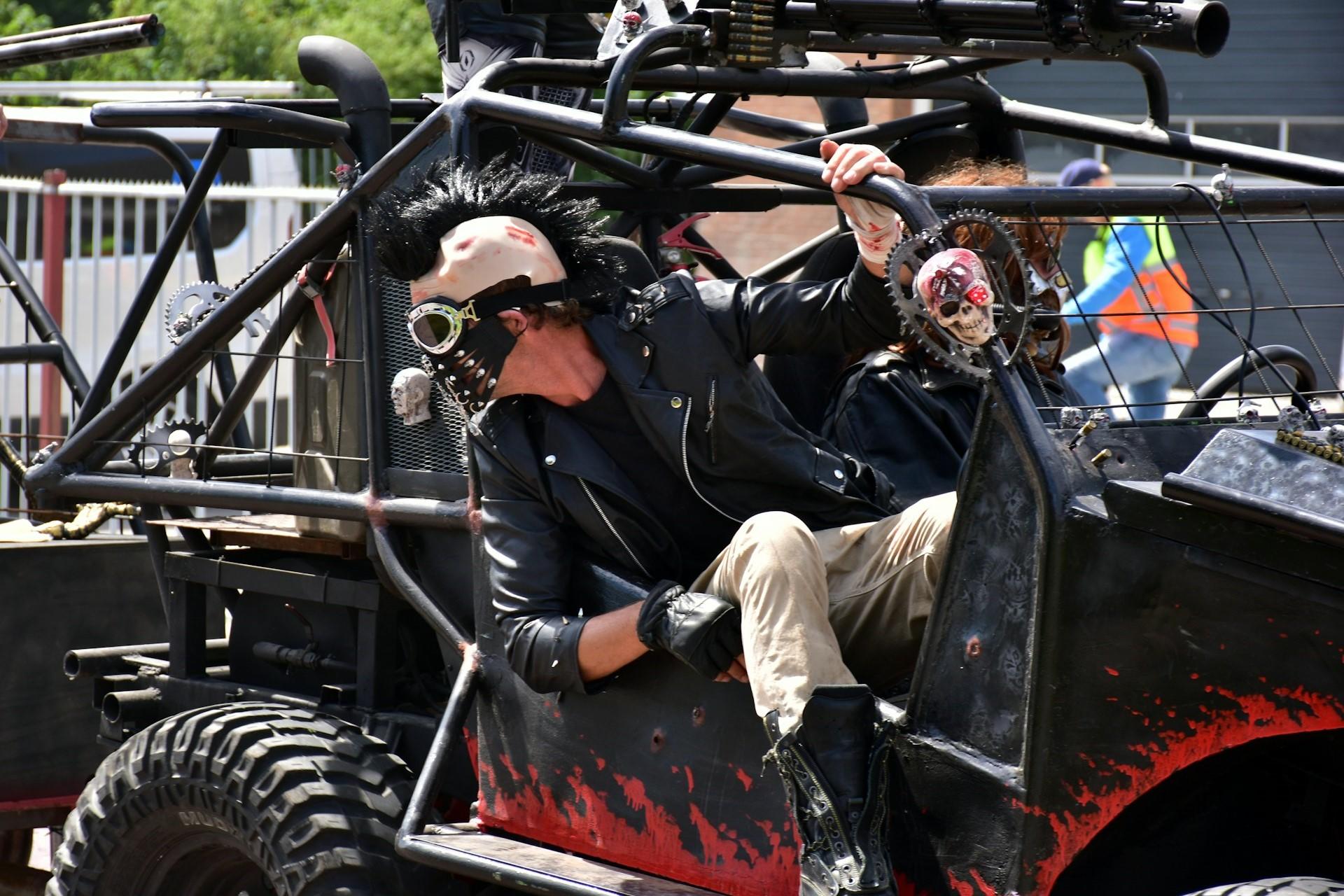
Gallipoli (1981)
This anti-war film is lauded for its powerful depiction of the ANZAC spirit. It remains an emotional tribute to Australian soldiers.
The Adventures of Priscilla, Queen of the Desert (1994)
Known for its humour, costumes, and groundbreaking LGBTQ+ representation, this film became a cult classic celebrated worldwide.
Classic Australian Movies
If you really want to examine Australian cinematic history, here are some of the films you could start with.
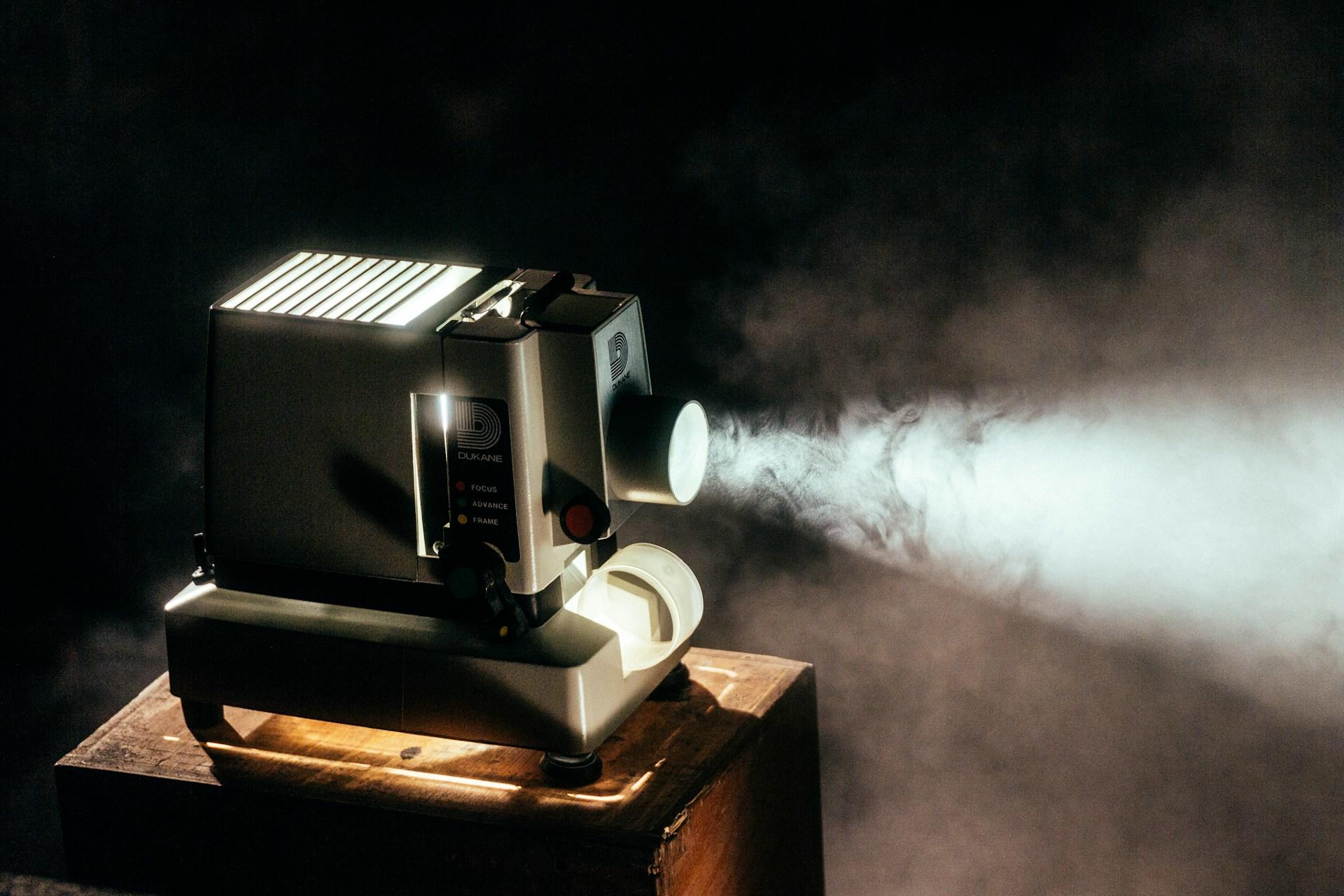
The Chant of Jimmie Blacksmith (1978)
This film critiques colonialism and racism, providing a powerful look at the Indigenous Australian experience.
Newsfront (1978)
Newsfront explores media ethics and Australia’s national identity, offering a realistic portrayal of journalism’s role in society.
Storm Boy (1976)
This touching tale showcases themes of environmental awareness and friendship and remains a family favourite.
The Cars That Ate Paris (1974)
Peter Weir’s debut combines horror and black comedy, offering a satirical look at rural life in Australia.
Pioneering Australian Actors
Australia doesn't just make great movies; it has also produced many great actors who have starred in Australian films, Hollywood films, and international productions.
Again, we can only mention some great Australian actors, but here are a few you may have heard of.
Cate Blanchett
Cate Blanchett is a decorated actress with Academy Awards and many other international accolades. You may recognise her from roles in Elizabeth, Blue Jasmine, or The Lord of the Rings.
She's been in both Australian and Hollywood roles and is one of Australia's best acrtresses.
Hugh Jackman
Hugh Jackman is a huge actor famous for his variety of roles, from Wolverine in the X-Men series to musical roles in Les Misérables and The Greatest Showman.
He's a household name worldwide and is one of Australia's most beloved stars.
Heath Ledger
The late Heath Ledger is most famous for his role as The Joker in The Dark Knight, for which he was posthumously given an Oscar. He also performed outstandingly in films like Brokeback Mountain and A Knight's Tale.
David Gulpilil
David Gilpilil was an Indigenous Australian actor famous for roles in films like Walkabout (1971), Storm Boy (1976), and Rabbit-Proof Fence (2002).
His roles often offered insights into Indigenous life and culture, and his contributions to cinema made him an Australian cultural icon.
Renowned Australian Directors
Australia has also produced many greats who work behind the camera. Many great Australian directors have worked on Australian and international productions.
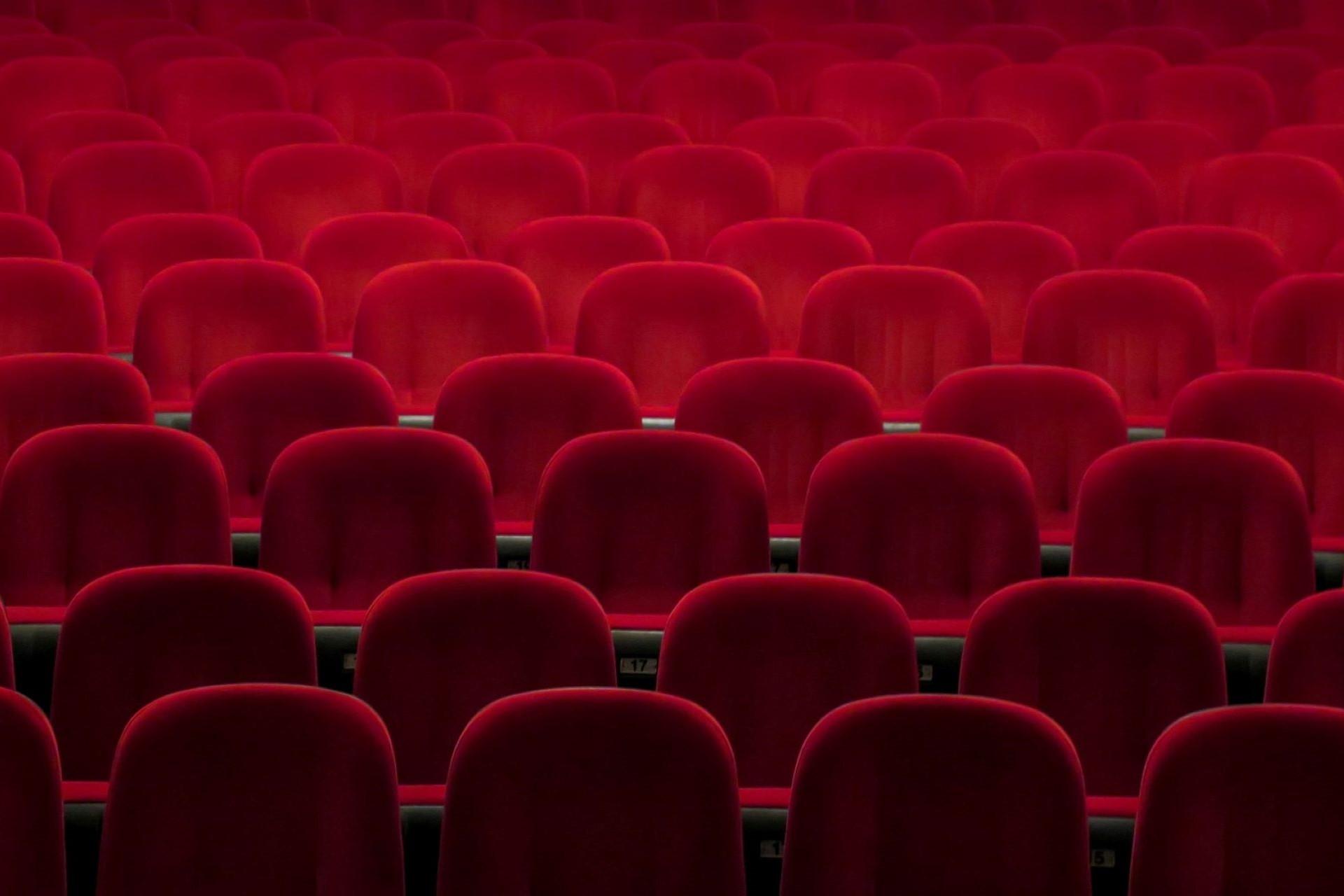
Peter Weir
Peter Weir is one of the leading figures behind the Australian New Wave cinematic movement, directing classics like Picnic at Hanging Rock and Gallipoli.
He also had international successes like The Truman Show, which further cemented his reputation as a great director inside and outside Australia.
George Miller
George Miller is the director behind the Mad Max series, which helped set standards for action. In addition to Mad Max, he was involved in family-friendly films like Babe and Happy Feet.
Gillian Armstrong
Gillian Armstrong is known for films like My Brilliant Career (1979) and Little Women (1994). These films often focus on strong, independent female protagonists, paving the way for female directors in an otherwise male-dominated industry.
Baz Luhrmann
Baz Luhrmann is famous for films that combine drama, music, and romance, including Strictly Ballroom, Romeo + Juliet, Moulin Rouge!, and Elvis.
Learn More about Australian Cinema
If you'd like to learn how to make films, how to be in films, or just more about Australia's fascinating relationship with cinema, you can hire a private tutor.
There are many outstanding tutors on the Superprof website. All you have to do is search for the skill you want to learn or the subject you want to study.
You can find local tutors or online tutors. With more academic subjects like the history of cinema, online tutoring can be just as effective as face-to-face tutoring.
Many of the tutors on Superprof also offer the first session for free, which means you can try a few potential tutors before choosing the one that best suits your needs, budget, and learning style.
We recommend making a list of criteria for what you're looking for in a tutor before you start contacting potential candidates, as this will save you a lot of time.
Face-to-face tutors are usually better for hands-on skills, but online tutors tend to charge less as they don't have to travel. Consider your budget before you start your search!
That's a wrap!

